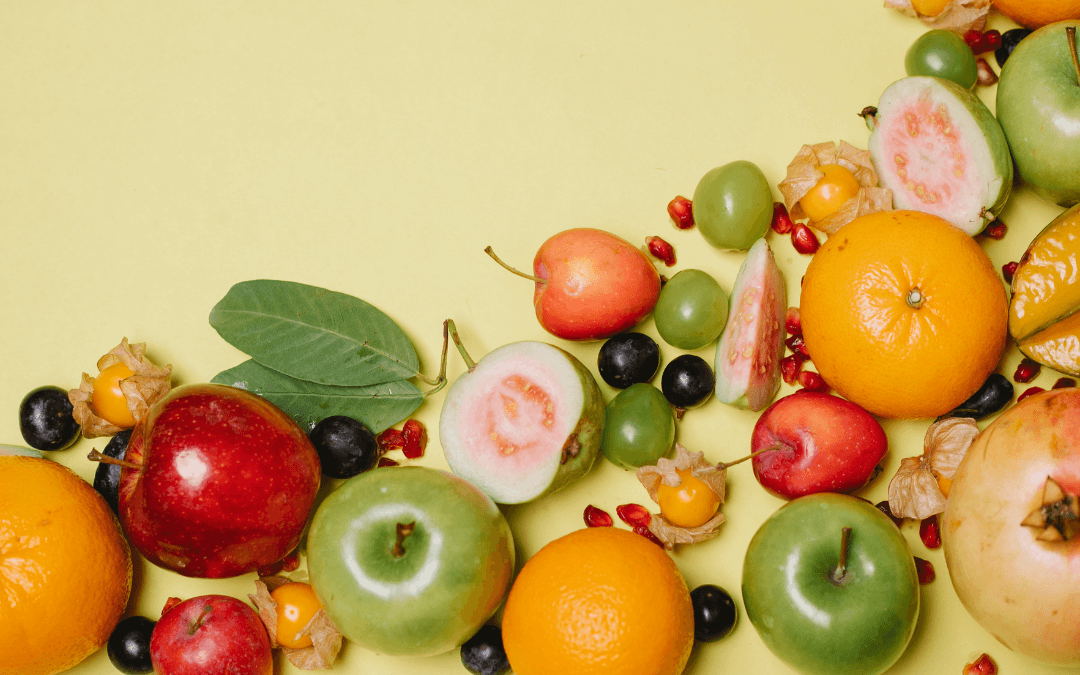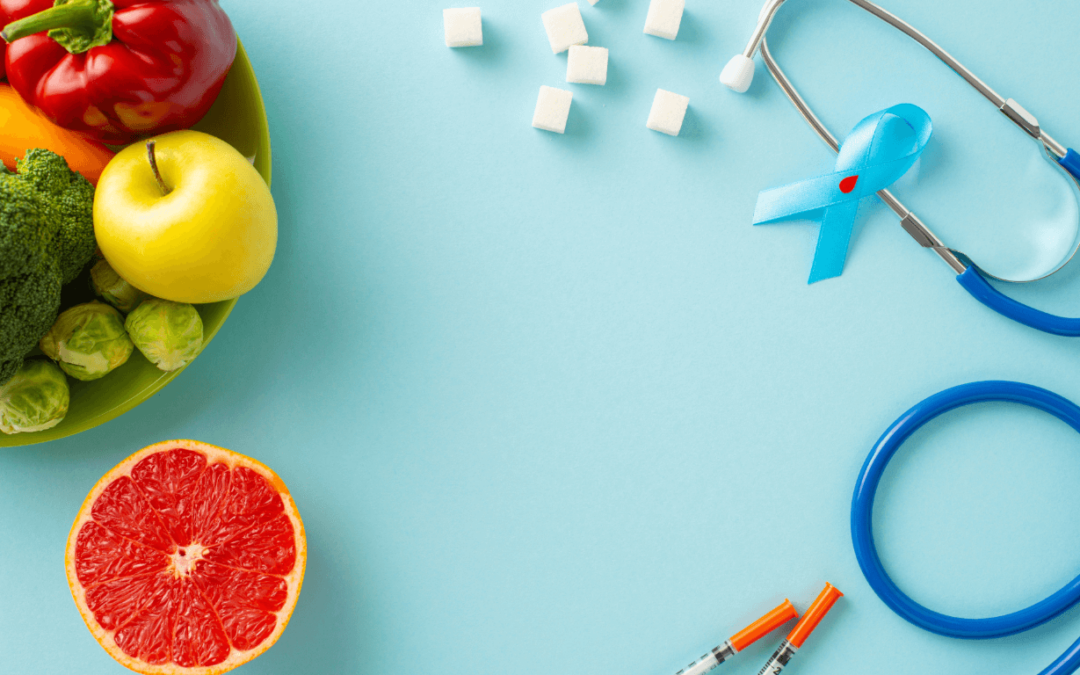
by Ingredia USA | May 15, 2024 | News & Press
Milk and dairy products have been part of the human diet for thousands of years. However, over the last few decades, dairy has come under scrutiny by certain communities due to digestibility issues, allergy concerns and animal welfare debates. Yet when we take a step back to examine the science, dairy and its myriad ingredient forms offer undisputed nutritional advantages that are hard to replace in our diets.
In this blog, we’ll dive into the health benefits of different dairy ingredients, why they’re an essential part of balanced nutrition and how ingredient innovation company Ingredia is spearheading access to clinically-backed dairy bioactive ingredients. Let’s rediscover why quality dairy should still have a place in healthy regimens today.
The Nutritional Goodness in Dairy
At its core, dairy is a nutritionally dense food group packed with essential macronutrients, micronutrients and diverse bioactive compounds that synergize to support human health.
Complete Proteins
Dairy proteins like casein and whey provide all nine essential amino acids the body cannot synthesize itself. These complete proteins are critical for building and maintaining muscle mass. Milk proteins have higher bioavailability and digestive properties than plant-based proteins too.
Bone-strengthening Minerals
Rich in calcium, phosphorus and vitamin D, dairy is crucial for bone development and strength especially in children and adolescents. The optimal calcium-to-phosphorus ratios promote better absorption and bone mineralization. Just one cup of milk meets 30% of your daily calcium needs.
Disease-fighting Micronutrients
Natural dairy micronutrients like zinc, selenium and vitamin A boost immunity against diseases. Low-fat milk is a top food source for vitamin B12, which aids red blood cell formation and brain function. As an animal-based food, dairy also contains more readily absorbed forms of iron than plant foods.
Gut and Heart Health
Probiotics in fermented dairy promote friendly gut bacteria linked to numerous health perks from immunity to mood and weight management. Dairy fats like conjugated linoleic acid and omega 3 also support heart health when consumed in moderation as part of balanced diets.
The multitude of micro and macronutrients that dairy products naturally contain is difficult to obtain as completely or economically from other foods.Fortified plant-based alternatives often fail to replicate the nutritional diversity in dairy.
Ingredient Innovation Unlocks Dairy’s Full Potential
While whole dairy foods themselves bring tremendous nutritional value to diets, advancing technology in dairy ingredients is unlocking even more targeted health benefits.
Through advanced separation processes like microfiltration, companies like Ingredia generate milk protein concentrate and isolates that contain exceptionally high concentrations of muscle-building whey and casein proteins. These allow lactoferrin to be derived with precision.
These bioactive macro components and micro fractions target physiological areas from gut health to immune support to sports performance in clinically supported ways. By value adding milk components in this manner, we expand access to very specific dairy nutrients in more concentrated and absorbable forms. Below are a few examples.
Lactium® – The Relaxation Peptide
Lactium® is a casein hydrolysate clinically demonstrated to induce relaxation and improve stress-related symptoms. Sourced from milk casein proteins, Lactium® contains alpha-casozepine as the key bioactive peptide.
Multiple randomized, double-blind human trials found daily Lactium® supplementation substantially decreased stress and anxiety while enhancing sleep quality in people with chronic stress. Lactium®, thanks to the decapeptide, can bind to the GABAa receptor via the benzodiazepine site to optimize its action and regulate our response to stress. By dampening reactions to stimuli like loud noises, exam stress or work overload, Lactium® helps maintain healthy stress levels so we stay relaxed.
Beyond direct anti-stress effects, Lactium® also alleviates sleep deprivation, which typically accompanies high-strung lifestyles. Formulated into many different applications, this clinically validated relaxation ingredient has broad spectrum benefits for today’s fatigue-fighting consumers.
Pep2Dia® – Blood Sugar Optimizer
Pep2Dia® is an enzymatic whey protein hydrolysate specifically designed to manage blood sugar spikes after carb-heavy meals. This fast-acting peptide complex contains bioactive dipeptides proven to inhibit the enzyme alpha-glucosidase.
As this digestive enzyme converts complex carbs into simple sugars, temporarily blocking alpha-glucosidase activity using Pep2Dia® attenuates the degree of post-meal blood glucose spikes. A double blind peer-reviewed study confirms Pep2Dia’s efficacy.
By smoothing out these glycemic peaks, Pep2Dia® maintains healthier blood sugar fluctuations. This is particularly beneficial for prediabetics and those with insulin sensitivity concerns. Backed by clinical evidence, Pep2Dia® delivers accessible and drug-free blood sugar management.
Prodiet® Lactoferrin – Immune Strengthener
Prodiet® Lactoferrin is an iron-binding glycoprotein naturally found in milk and a key component of Ingredia’s scientifically validated immune health ingredient range. As a multifunctional protein, lactoferrin exhibits potent antimicrobial, antiviral, and immunomodulatory properties essential for bolstering frontline defenses.
Numerous clinical studies confirm Prodiet® Lactoferrin’s efficacy in reducing the incidence and severity of common infectious illnesses. Daily lactoferrin supplementation significantly lowers the risk of viral infections like the common cold and influenza, while also shortening the duration of symptoms. By enhancing the activity of natural killer cells and stimulating antibody production, lactoferrin primes the immune system for rapid response against pathogenic invaders.
Scientific literature on Prodiet® Lactoferrin’s mechanisms of action reveals its unique ability to sequester iron, an essential nutrient for bacterial growth. This iron-binding capacity starves harmful bacteria and prevents their proliferation. Furthermore, lactoferrin modulates inflammation by regulating cytokine production, thereby preventing excessive inflammatory responses that can cause tissue damage.
With a substantial body of scientific evidence supporting its immune-enhancing effects, Prodiet® Lactoferrin is a research-backed ingredient that strengthens the body’s natural defense mechanisms. By bolstering immune function through multiple complementary pathways, lactoferrin offers a comprehensive approach to fortifying resistance against common illnesses.
Redefining Dairy’s Role in Health
The possibilities of what dairy can do for health expand exponentially when we move beyond seeing milk and cheese as just calcium sources into highly specialized compounds verified to optimize immunity, digestive health, athletic performance and more backed by rigorous clinical research.
Ingredient manufacturers like Ingredia redefine dairy from generic staple into targeted health promoter via high technology nutrition science. In providing readily absorbable protein microfractions, immunoactive peptides and clinically trialed compounds, they elevate dairy’s significance in preventive healthcare and therapeutic areas.
By spearheading research and delivering efficacious ingredients far beyond basic nutrition needs, Ingredia pushes boundaries for dairy in precision nutrition. Their expanding arrays now bridge proven solutions not just for stress reduction but also metabolic health, gut immunity and overall well being backed by peer reviewed validation at every step.
This signals an approaching paradigm shift which repositions dairy ingredients in food tech – from a nice-to-have component to an indispensable input for functional nutrition targeting pressing health issues based on uncompromised science.
Rather than write off dairy as outdated or unnecessary, ingredient innovations demand we re-evaluate them as indispensable inputs advancing formulas, products and functional solutions that precision deliver clinically proven health advantages unmatched by other categories.





